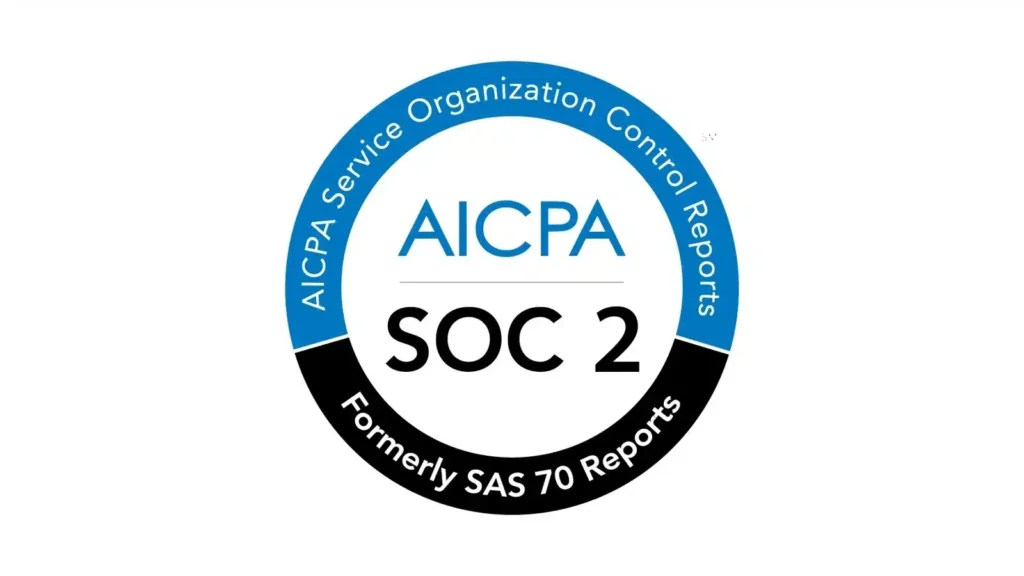-
Solutions
Discover Talent
Access top-tier candidates worldwide with our Global Talent Acquisition and recruitment services.
Employer of Record
Onboard top talent quickly and compliantly with our Employer of Record service.
Manage Employment
Adopt a human-centric approach to employee management, ensuring compliance.
Jump to:
Australia Facts and Stats
Currency
Australian dollar is the official currency of Australia. Its currency symbol is $, AUD.
Employer Costs
Estimated at 17% – 29% of employees salary.
Onboarding
Emerald Technology can onboard employees in 48 hours.
Languages
There is not an official language, but English is by far the most commonly spoken language.
Population
The population of Australia is 25.74 Million (based on World bank numbers as of 2021).
Payroll frequency
Employees must be paid at least monthly for the work they do. Most awards, enterprise agreements or registered agreements will set out when employees must be
paid (weekly, fortnightly or monthly).
Hiring
Grow your team in Australia
No entity, no problem
To start growing your team in Australia, you must establish a local entity- including an account with a local bank, a local office and an address registered as a subsidiary.
This allows you to manage payroll, tax, benefits and compliance for your employees, but can take several months.
Emerald can hire and payroll your workers, quickly and compliantly with their ready to go entity. Make growing your team simple with Emerald as a global partner.
Emerald can hire and payroll your workers, quickly and compliantly with their ready to go entity. Make growing your team simple with Emerald as a global partner.
Pros & Cons of hiring in Australia
Australia is a country with a rich history and culture. It is also one of the most developed countries in the world. The country has a stable economy, which makes it an
attractive place for businesses to set up shop. The Australian government has been working hard to make the country more business-friendly by reducing taxes and
simplifying regulations. This has made Australia an attractive destination for foreign investors and entrepreneurs alike.
The Australian labour market is one of the most competitive in the world. The country has a population of 24 million people and a workforce of 12 million. The Australian
labour market is also very diverse, with many cultures and languages represented in the workforce.””
“”However, there are some challenges that come with doing business in Australia as well. For example, the cost of living is high and there are strict labour laws that can
make it difficult to hire international employees. Also, Australia has an ageing population, which means that there will be fewer people entering the workforce in coming
years. This will put more pressure on employer to find skilled workers either from different global locations, or train their own employees to fill these gaps.
Why Australia is good for remote workers
Australia is a great place for remote working and digital nomads, with many benefits to be gained. The country has excellent internet access and is known as one of the
most liveable countries in the world. Australia benefits from some of the world’s highest wages, which makes it extremely attractive and competitive to international workers.
Australia offers excellent coworking spaces and opportunities to meet and work with like-minded people from different cultures.
Start growing your remote workforce now
Employer Costs
| Payroll Tax: | 5.45% - 6.85% |
| Superannuation: | 11% |
| Workers Compensation Insurance: | 1% |
| GST: | 10% (applicable if the service rendered by the worker anywhere in the labour hire chain is for the benefit of an Australian Organisation) |
| PI/PL: | 0.5% |
| Work Health and Safety: | 0.5% |
| Bank Charges: | 0.15% |
Benefits
Mandatory Benefits
Australian employers are required to offer the following benefits to all full-time employees:
Medicare.
Personal Leave (dependant on engagement structure).
Superannuation (dependant on engagement structure).
Workers Compensation Insurance.
Additional Benefits
Some employers like to offer additional benefits to improve employee retention and satisfaction.
Healthcare.
Paid Parental Leave.
Life and Disability Insurance.
Stock Options and Bonus.
Employment
Contract
Contracts in Australia must include:
Contracts in Australia must include:
- Role and Responsibilities
- Start Date
- Working hours
- Annual Salary
- Pay Schedule
- Leave entitlement
- Notice Period
- Termination
- Bonus
- Superannuation entitlement
Probation
A probation period allows both an employer and employee to evaluate the employment match. The probation period is typically between 3 to 6 months.
Emerald Technology can onboard employees in Australia within 48 hours.
Insurance
01.
Healthcare:
Whilst Australia does not have a social security system, a Medicare Levy of 2% of taxable income is payable by resident individuals for health services (provided that they qualifyfor Medicare services). An exemption from the Medicare Levy may apply if the individual is from a country that has not entered into a Reciprocal Health Care Agreement with Australia.
High income resident tax payers who do not have adequate private health insurance may be subject to an additional 1-1.5% Medicare Levy surcharge. High-income taxpayers whose private hospital insurance carries an excess payment amount for which the insured is responsible before the insurance begins to pay) of more than AUD 500 for single individuals or AUD 1,000 for couples or families are also subject to the Medicare Levy surcharge.
02.
Superannuation:
Australia also has a compulsory private superannuation (pension) contribution system. Under this system, employers must contribute a minimum percentage of the employee’s ordinary time earnings (OTE) base to a complying superannuation fund for the retirement benefit of its employees. The minimum percentage is currently 10.5% (as of July 2022).
03.
Social Security:
There is no Social Security in Australia.
Leave Policy
01.
Maternity Leave:
Expectant mothers are entitled to 52 weeks of unpaid parental leave, and may also request an additional 52 weeks of leave. Pregnant employees can begin leave up to six weeks before their due date (from week 34 of the pregnancy). Expectant mothers are entitled to 18 weeks of paid leave.
02.
Paternity Leave:
Fathers that have workers for 12 months and contributed to social security are entitled to 2 weeks paid paternity leave. They are also entitled to 52 unpaid parental leave – although only 8 weeks can be taken together.
03.
Sickness Leave:
Full-time employees are entitled to 10 days of sick or carer’s leave each year. The balance of leave you accrue each year can be carried over into the next year. Part-time employees receive a pro-rata entitlement.
Onboarding
Onboarding
As the legal employer, Emerald Technology requires the following employee documents to ensure complete compliance:
Signed contract.
All payroll and engagement documents.
Emerald Technology can onboard employees in Australia within 48 hours.
Termination
Resignation and Dismissal
When an employer dismisses an employee it must be with just cause and they must give them notice. The notice period starts from the day after the employer notifies the employee of the termination. Notice must be given in accordance with the following schedule at a minimum:
| Notice periods: | Less than a year: 1 week, |
Severance
If an employee is made redundant, they are entitled to a payment based on years of continuous service.
| Severance: | 1 year – 2 years: 4 weeks, |
Time off
Statutory Time off
All full time workers in Australia are guaranteed a minimum of 4 week’s paid annual leave.
Public Holidays
Australia has 7 public holidays:
- New Year’s Day
- Australia Day
- Good Friday
- Easter Monday
- Anzac Day
- Christmas Day
- Boxing Day
Emerald Technology can onboard employees in Australia within 48 hours.
Salary / Taxes
Work, Pay and Taxes
01.
Minimum Wage:
The national pre-tax minimum wage in Australia is $21.38 per hour ($812.60 per 38 hour weeks). Casual employees covered by the national minimum wage also receive a ‘casual loading’ of at least 25%.
02.
Working Time and Overtime:
The standard working week in Australia is 38 hours per week (7.6 hours per day), usually worked Monday to Friday.
All time worked beyond 38 hours per week is classed as overtime and, in most cases, attracts a premium of 1.5x the ordinary rate of pay for the first 3 hours and double time thereafter.
03.
Salary Payments:
Salary payments in Australia are usually paid in 12 monthly instalments. Employees must be given a payslip within 1 working day of being paid.
04.
Bonuses in Australia:
Employers are not required to provide employees a bonus. Any bonuses offered are at the employer’s discretion.
05.
Income Tax:
The Australian Individual Income tax ranges from 0% – 45%:
- $0 – $18,200: 0%,
- $18,201 – $45,000: 19%,
- $45,001 – $120,000: 32.5%,
- $120,001 – $180,000: 37%,
- $180,000+: 45%,

Worker misclassification in Australia
Similar to other countries, Australia has strict rules on classifying individual contractors and full-time employees differently. Misclassifying your workers can put your business at risk of fines.
Enquire about our global hiring solutions
Start a conversation on how we can assist you to grow your remote team.
